Color grading is an essential aspect of filmmaking that has a profound impact on the final visual presentation of a film. It is the process of altering and enhancing the colors within a film to create a desired mood, atmosphere, or visual style. The power of color grading not only adds depth and complexity to the story but also helps to evoke emotions and convey a specific narrative to the audience.
The art of color grading has come a long way since the early days of cinema. With advancements in technology, filmmakers have gained more control over the colors and tones in their films, allowing them to create visually stunning and emotionally captivating cinematic experiences.
In this article, we will explore the history of color grading, the power of color grading on storytelling and emotion in films, techniques used in color grading, its role in genre films, and case studies of iconic films and their color grading styles.
Table of Contents
The History of Color Grading In Cinematography
The history of color grading can be traced back to the early days of cinema when filmmakers used various techniques to add colour to black and white films. One of the earliest methods was hand-colouring, where artists would painstakingly paint each frame of a film to add colour. This process was both time-consuming and expensive, so it was reserved for special occasions or high-budget productions.
As camera technology advanced, new methods of colour grading were developed. In the 1930s, the Technicolour process was introduced, which involved dye-transfer techniques to create vibrant and rich colours in films. This process quickly became popular among filmmakers and paved the way for further advancements in colour grading technology.
In the late 20th century, digital colour grading became the standard in the film industry. With the introduction of digital cameras and non-linear editing systems, filmmakers gained more control over the colour grading process, allowing for greater flexibility and creative freedom. Today, colour grading is an essential part of the post-production process, with a wide range of tools, equipment and software available to help filmmakers achieve their desired look and feel.
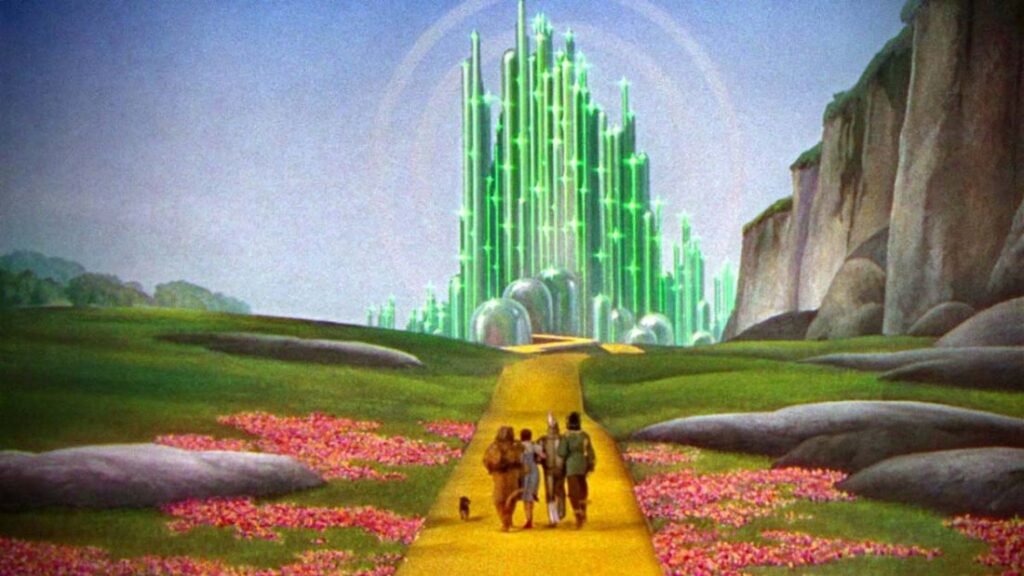
The Power Of Color Grading on Storytelling
The impact of color grading on storytelling and emotion in films cannot be overstated. By manipulating the colors, tones, and contrasts within a film, filmmakers can create a specific mood or atmosphere that enhances the story and engages the audience. Color grading can be used to draw attention to specific elements within a scene, guide the viewer’s eye, and emphasize important narrative beats.
For example, a scene set in a dark, moody environment can be color graded with cool, desaturated tones to create a sense of tension and unease. This enhances the storytelling by visually reinforcing the narrative aspects of the scene, such as conflict or danger. On the other hand, a brightly lit, colorful scene can evoke feelings of happiness and warmth, helping to convey a lighter, more uplifting tone to the story.
In addition to setting the mood and atmosphere on-screen, color grading can also be used to help differentiate between different time periods, locations, or even characters within a film.
By using distinct color palettes for each setting or character, filmmakers can create visual continuity and coherence throughout the film, making it easier for the audience to follow the story and become immersed in the cinematic experience.
How Color Grading Evokes Emotions in Films
The power of color grading is undeniable in filmmaking, as it allows directors to create a unique visual style that enhances the storytelling experience. The use of color grading can transform a scene from dull and lifeless to vibrant and dynamic, evoking powerful emotional responses from viewers.
In addition to using color to establish mood and atmosphere, color grading can also be used to guide the viewer’s attention within a scene. By adjusting the color saturation or brightness of certain elements within a frame, filmmakers can draw the audience’s focus to specific details or characters, adding depth and nuance to the story.
The power of color grading can also be seen in its ability to transform the time and place of a story. By using specific color palettes and grading techniques, filmmakers can transport the audience to different eras and locations, enhancing the authenticity and immersion of the film.
Overall, the power of color grading should not be underestimated by filmmakers. With careful consideration and planning, color grading can elevate a film from good to great, creating a lasting emotional impact on the audience.
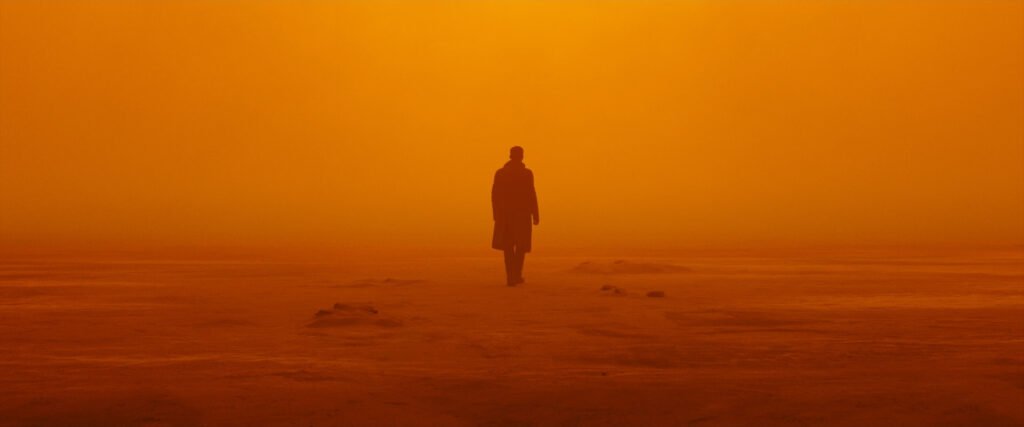
Techniques used in colour grading
There are several techniques used in colour grading to achieve the desired look and feel of a film. Some of the most common techniques include:
- Colour correction: This involves adjusting the colours within a scene to create a more natural and balanced look. This can include correcting white balance, adjusting colour temperature, and fixing any colour casts or imbalances.
- Colour enhancement: This involves altering the colours within a scene to create a specific mood, atmosphere, or visual style. This can include increasing or decreasing saturation, adjusting hue and luminance, and adding or removing colour casts.
- Colour grading with masks and mattes: This technique involves isolating specific areas of a frame and applying colour adjustments only to those areas. This can be used to draw attention to a specific element within a scene or to create visual contrast between different parts of the frame.
- Colour grading with LUTs (Look-Up Tables): LUTs are pre-designed colour adjustments that can be applied to a film to achieve a specific look or style. Filmmakers can create their own LUTs or use pre-made LUTs from a library to quickly and easily apply a specific colour grade to their film.
- Colour grading with nodes: This technique involves using a node-based system to apply multiple colour adjustments in a specific order. This allows filmmakers to create complex and intricate colour grades by combining multiple adjustments and effects.
The Power of color grading in genre films
Different film genres often have distinct visual styles and colour palettes, which help to establish the tone and atmosphere of the film. Colour grading plays a crucial role in creating these visual styles and enhancing the storytelling within genre films.
For example, in horror films, color grading tips are often used to create a dark, eerie atmosphere with high contrast, desaturated colours, and heavy use of shadows. This visual style helps to heighten the sense of tension and unease, making the audience feel more immersed in the terrifying world of the film.
In contrast, romantic comedies often use bright, vibrant colours to create a light-hearted and uplifting mood. The use of warm colours and soft lighting helps to evoke feelings of happiness and warmth, making the audience feel more emotionally connected to the characters and their story.
Color grading tips are also essential in creating the visual styles of other genres, such as science fiction, fantasy, and period dramas. By using specific colour palettes and grading techniques, filmmakers can transport the audience into the unique world of their film and enhance the overall storytelling experience.
Case studies: Iconic films and their colour grading styles
Several iconic films demonstrate the power of colour grading in shaping the cinematic experience and enhancing the visual storytelling. Some examples include:
- The Matrix (1999): This groundbreaking science fiction film uses a distinctive green coluor grade to create a digital, computer-generated world. The green tint not only sets the tone for the film but also helps to distinguish between the real world and the virtual reality of the Matrix.
- Amélie (2001): This whimsical French film uses a vibrant and highly saturated colour palette to create a magical, fairy-tale-like atmosphere. The bright colours and warm tones help to convey the sense of wonder and joy at the heart of the film’s story.
- Mad Max: Fury Road (2015): This action-packed dystopian film uses a bold, high-contrast colour grade to create a stark and desolate landscape. The intense oranges and blues not only emphasize the harsh environment of the film but also heighten the sense of danger and adventure.
- Moonlight (2016): This beautifully shot coming-of-age drama uses a unique colour grading approach, with each of the film’s three acts having its own distinct colour palette. These colour palettes help to convey the emotions and experiences of the protagonist at different stages of his life, creating a visually stunning and emotionally powerful film.
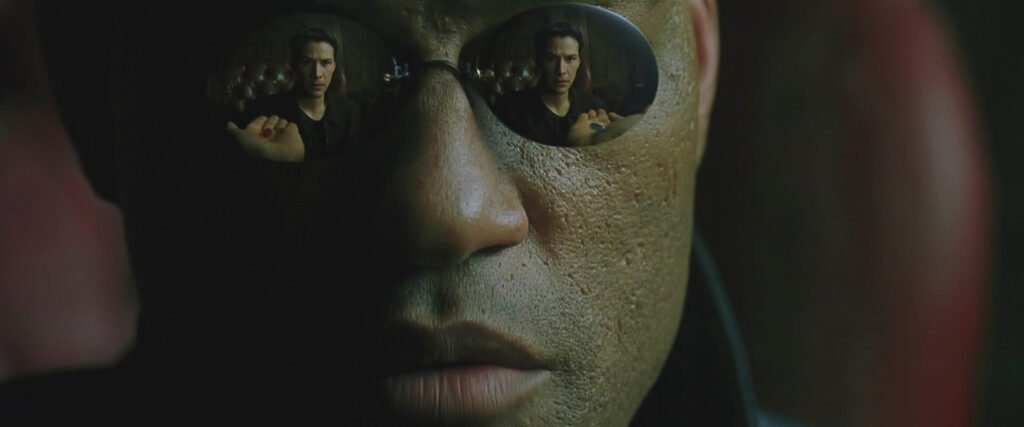
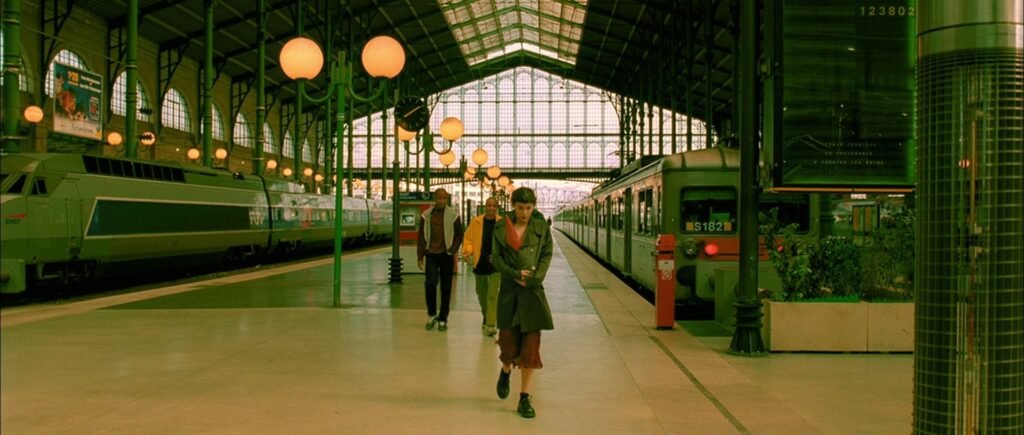
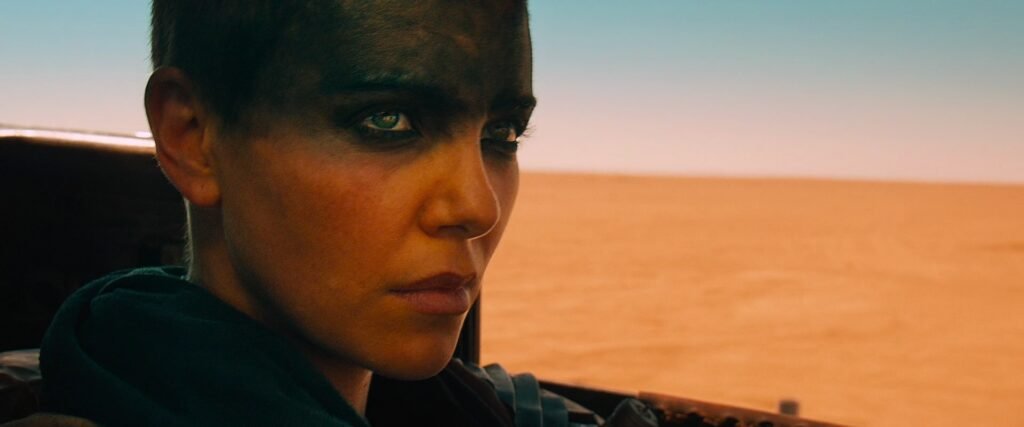

The future of color grading in filmmaking
With advancements in technology and the increasing accessibility of high-quality color grading tools and software, the future of color grading in filmmaking looks promising.
Filmmakers can continue to experiment with new techniques and various shooting styles, pushing the boundaries of what can be achieved visually and emotionally through colour grading.
Virtual reality and augmented reality technologies also present exciting possibilities for the future of colour grading and cinematography, as filmmakers can create immersive, interactive experiences that allow audiences to become part of the story. As technology continues to evolve, so too will the power of color grading, offering filmmakers even more opportunities to enhance their storytelling and captivate audiences through the power of colour.
Color Grading Tips for Aspiring Filmmakers
For aspiring filmmakers looking to master the art of color grading, here are some color grading tips to help you get started:
- Understand the basics of colour theory: Familiarize yourself with the fundamentals of colour theory, such as the colour wheel, complementary colours, and colour harmonies. This will help you to make informed decisions about the colours you use in your film and how they can enhance your storytelling.
- Experiment with different colour grading techniques: Explore various color grading tips and tools, such as colour correction, colour enhancement, and using LUTs. This will help you to develop your own unique style and approach to colour grading.
- Analyze the colour grading in your favorite films: Study the colour grading in films that inspire you, paying close attention to how the colours and tones are used to create mood, atmosphere, and emotion. This will help you to understand how color grading tips can be used effectively in your own projects.
- Collaborate with a skilled colourist: If possible, work with a professional colourist who can help you to achieve your desired look and feel for your film. This will not only improve the quality of your colour grading but also provide valuable learning opportunities and insights into the colour grading process.
- Practice, practice, practice: Like any skill, mastering colour grading takes time and practice. Experiment with different colour grading styles and techniques in your own projects, and don’t be afraid to make mistakes. Over time, you will develop your own unique approach to colour grading and enhance your storytelling abilities as a filmmaker.
Color grading is a powerful storytelling tool that can shape the cinematic experience and evoke emotions in films. By understanding the history of color grading, its impact on storytelling and emotion, and the techniques used to achieve desired looks, filmmakers can create visually stunning and emotionally captivating films that engage and captivate audiences.
As we have seen, color grading has come a long way since the early days of cinema. New technologies, tools, and software have allowed filmmakers to push the boundaries of what can be achieved through colour, creating visually stunning and emotionally powerful films.
The future of color grading looks bright, with exciting possibilities in virtual reality, augmented reality, and other emerging technologies. Aspiring filmmakers can take advantage of these advancements by mastering the art of color grading and using it to enhance their storytelling and captivate audiences.
In conclusion, color grading is an essential aspect of filmmaking that should not be overlooked. It has the power to shape the cinematic experience, evoke emotions, and enhance storytelling in ways that are both subtle and profound. By mastering the art of color grading, filmmakers can create unforgettable cinematic experiences that engage and captivate audiences for years to come.
What is color grading in film?
Color grading is the process of altering and enhancing the colors in a film or video during post-production. It involves adjusting various aspects of the image such as exposure, contrast, saturation, and color balance to achieve a desired visual style or aesthetic. Color grading helps create a specific look and feel that complements the story, setting, and mood of the film.
How does color grading affect storytelling in movies?
Color grading plays a significant role in storytelling by influencing the emotional impact and perception of a scene. By manipulating colors, filmmakers can:
– Establish atmosphere and set the tone
– Draw attention to certain elements
– Convey time period or location
– Evoke specific emotions in the audience
– Enhance or subdue reality
– Create visual symbolism and metaphors
Thoughtful color grading supports the narrative and helps guide the viewer’s interpretation of the story.
What techniques are used in color grading?
Colorists use various techniques and tools to grade film footage:
– Color correction: Balancing exposure, contrast, and colors to create a neutral, natural-looking base
– Creative color grading: Stylizing the image through more intensive color adjustments
– Curves and levels: Precisely controlling tonal ranges and individual color channels
– Color wheels: Intuitive controls for adjusting hue, saturation and brightness in shadows, midtones and highlights
– Masks and mattes: Isolating specific areas of the frame to grade separately
– LUTs (lookup tables): Applying preset “looks” to footage to maintain consistency or achieve a signature style
Advanced software and dedicated hardware panels allow colorists to efficiently fine-tune the visuals.
Can color grading evoke emotions in films?
Absolutely! Color is a powerful tool for evoking emotions and shaping the mood of a scene. Warm colors like orange and red can convey passion, energy, anger or danger. Cool colors like blue and green can suggest calmness, melancholy, isolation or mystery. Desaturated colors may denote bleakness or a sense of dread.
By subtly or dramatically shifting the color palette, color grading can make the audience feel excitement, romance, fear, sadness, nostalgia, or any other emotion that serves the story. Colorists work closely with the filmmakers to use color grading as an essential part of the cinematic language that emotionally connects viewers to the narrative.